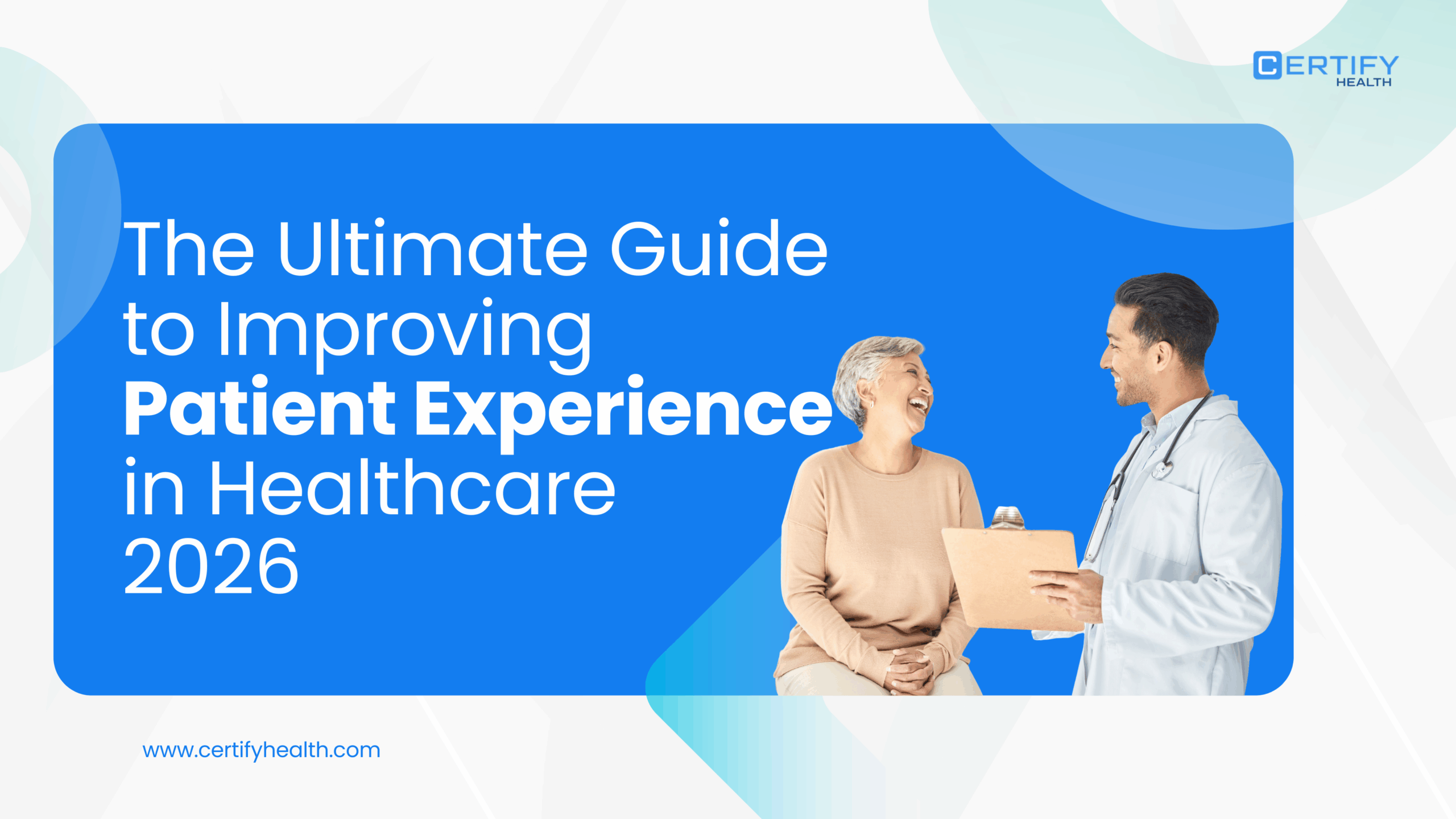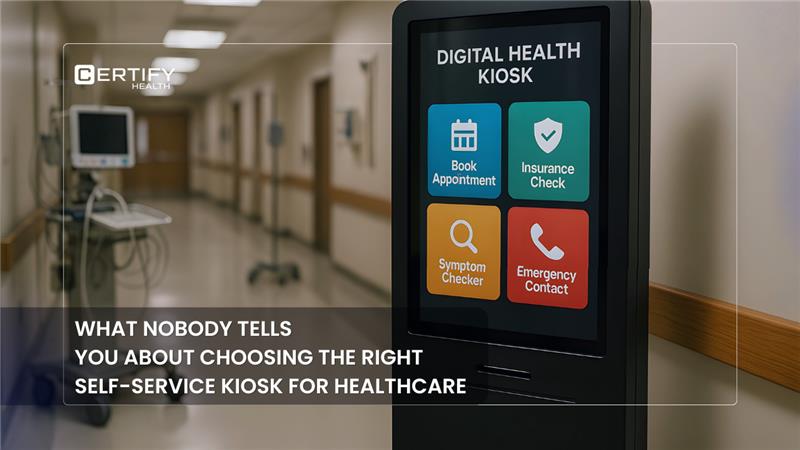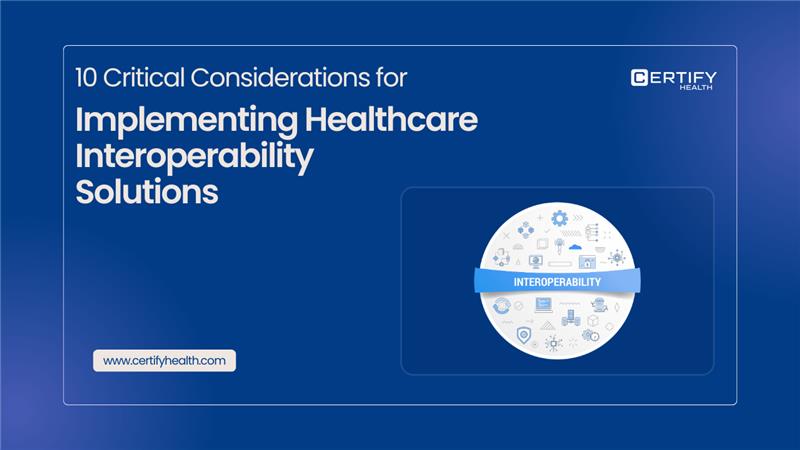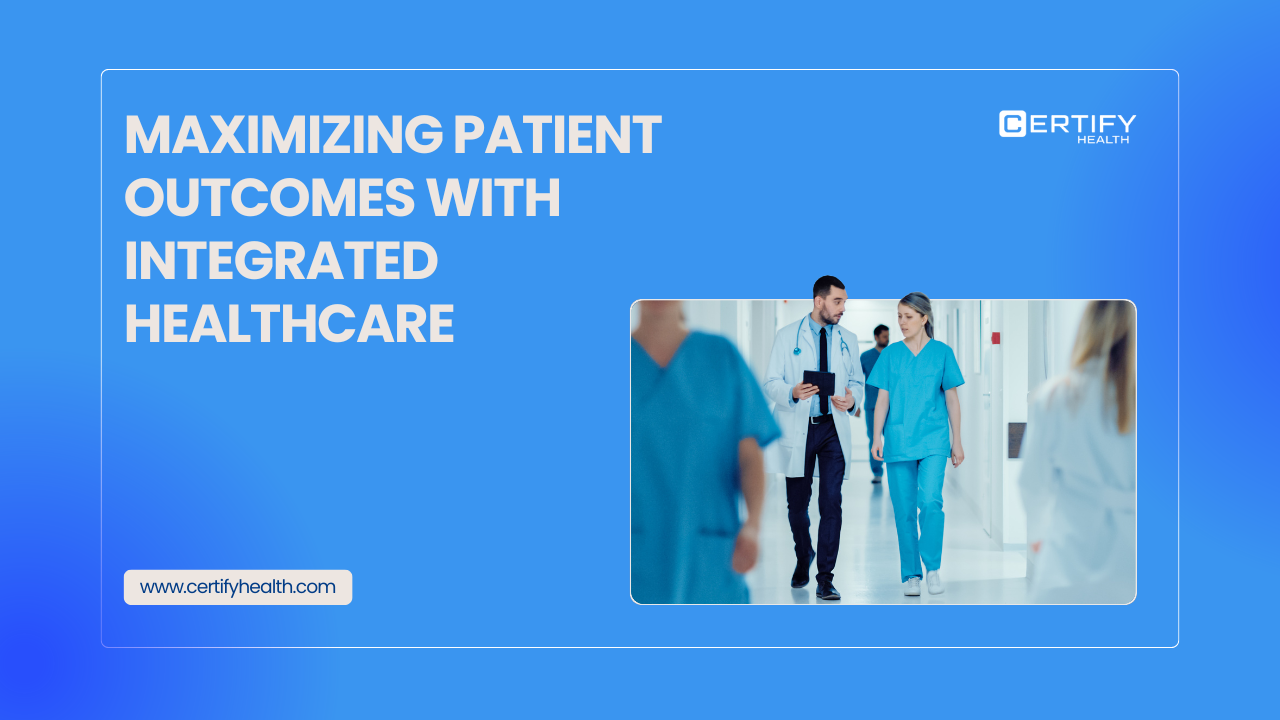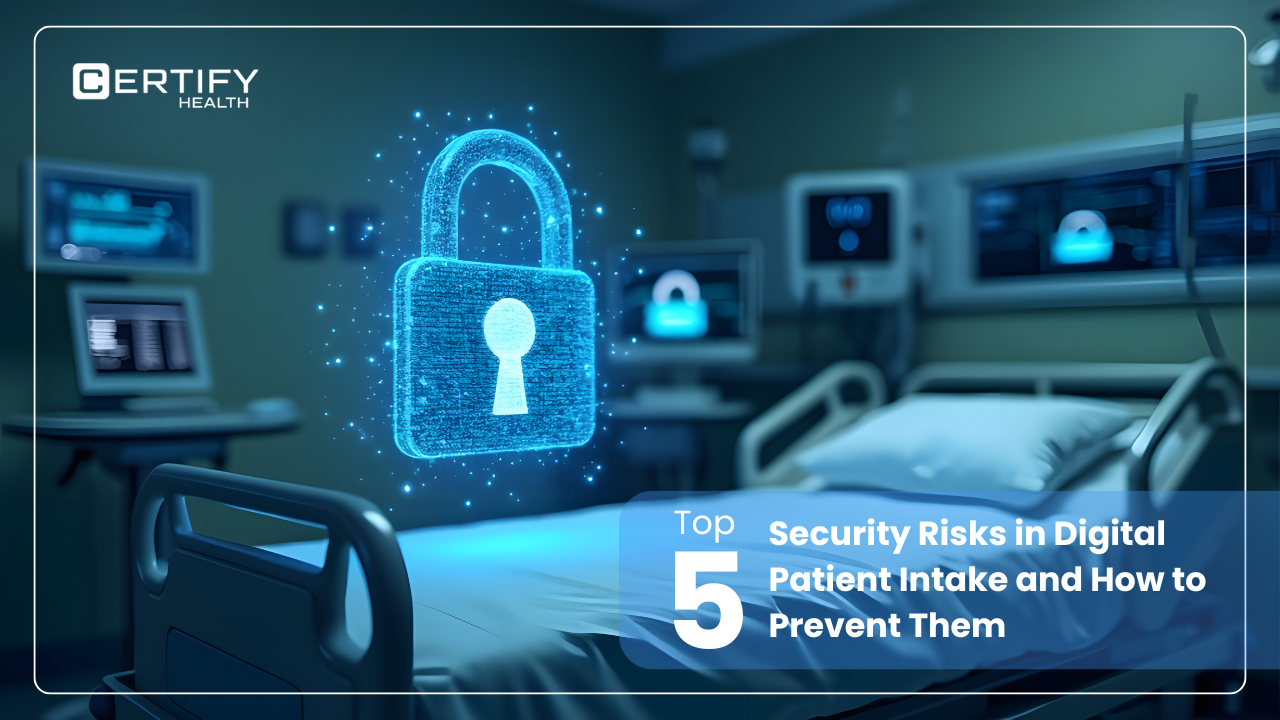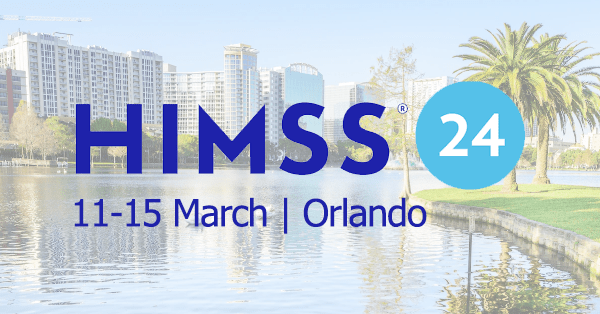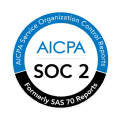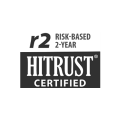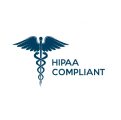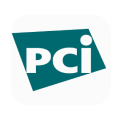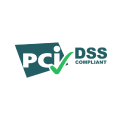Table of Contents
Introduction
Managing a healthcare practice involves balancing a lot of responsibilities, managing paperwork, and making sure patients receive high-quality care. Your staff will become irritated and burn out eventually when using outdated techniques, to achieve their business goals.
When it comes to addressing issues in healthcare practice, traditional approaches are inadequate. Practice management software can help with that. This cutting-edge technology will help you streamline your practice’s operations through automation, lessen the administrative load on your employees, boost income, and enhance patient happiness.
From $12.70 billion in 2025 to $23.70 billion in 2032, the global practice management software market is predicted to nearly double. As of 2023, North America already possesses more than 54% of the market share. This rise in adoption rate amply demonstrates how this technology has helped to solve healthcare issues.
More and more practices are shifting from traditional to modern methods as they solve critical problems such as administrative tasks, billing hassles, claim denials due to improper verification, etc. The results of using medical practice management software are happy patients, improved outcomes, reduced burnouts, and increased efficiency.
In this blog, we will cover – what is medical practice management, medical practice management software, why to adopt it, and its benefits.
Challenges in Healthcare RCM
Medical practice management is the term used to describe the management of healthcare organizations. This includes – patient registration, billing, insurance verification, scheduling, and adherence to regulations like No Surprises Act (NSA), the Health Insurance Portability and Accountability Act (HIPAA), etc.
The main goal of medical practice management is to optimize processes like registration, scheduling, patient intake, insurance eligibility verification, and billing and payment collection to boost the financial stability of the healthcare organization, enhance its operational efficiency, and improve the quality of patient care through streamlined processes.
Key Components of Effective Medical Practice Management

Financial Management
Financial management in the medical practice encompasses revenue monitoring, expense management, and the optimization of the revenue cycle. Thus, a practice must be able to draw up a financial plan that directs the team to effectively utilize its resources to achieve its objectives (improving care and bringing in revenue) without running down its resources.
Financial management includes activities such as scheduling, billing, and claims processing. The automated processes of financial management can thereby be ensured via medical practice management software. Furthermore, medical practice management software can be used to track important financial indicators such as the average collection period, patient acquisition cost, collection rate, and revenue per patient.
All of these details can be used to optimize financial management and ensure the sustainability and success of the practice.
Human Resources Management
Human resources management is focused on hiring and retaining staff with leadership and communication skills. These skills ensure smooth interactions with patients and other members of the practice (e.g., nurses and doctors).
Human resource managers carefully select, train, and retain staff who perform well while maintaining operational efficiency and bringing more income to the practice. Practice management software is very useful for human resource management as it eases up your staff’s work, making them more productive and efficient in handling patients.
Also, insights into the performance of your staff can be revealed that can be further used to train them. Track insights like providers’ productivity (RVUs), training hours per employee, and overtime hour percentage with practice management software.
Regulatory Compliance & Risk Management
Regulation is one of the most important areas of healthcare, and its requirements often range from the Health Insurance Portability and Accountability Act (HIPAA) to the Occupational Safety and Health Administration (OSHA).
Good management of medical practices involves systems and processes that are put in place to comply with accepted standards and laws of the profession while reducing the risk of data security violations. Modern practice management software comes loaded with features specifically tailored to meet regulatory compliance and thereby safeguard practices against any legal wrongdoing, as well as protect patients against any liabilities.
Why Practice Management Software is Essential for Your Medical Practice
Before we learn ‘why practice management software is essential for your practice,’ let’s understand ‘What is practice management software.’
What Is Practice Management Software?
Medical practice management software is a software system that is designed to help practices in their day-to-day operations with maximum efficiency. In other words, your front-desk team does not have to perform manual tasks from schedules to billing and even record management and insurance verification- they all can be done using medical practice management software.
This software typically includes scheduling, billing, patient records management, insurance verification, and reporting modules. Most of these systems come with integration capabilities that help connect seamlessly with electronic health records (EHR) and other tools, creating a comprehensive ecosystem for practice management.
In contrast to standard business management tools, medical practice management software is specifically created for healthcare providers. Its functionalities are tailored to address the needs of different healthcare systems, including multi-specialty hospitals, integrated health networks, and physician groups owned by hospitals. The software is designed to enhance workflows to accommodate the needs of healthcare systems regardless of their size.
Who Should Use Practice Management Software?
Practice management software may be scaled to fit practices of any size, from individual practitioners to hospital systems with multiple locations. Democratizing access to enterprise-class capabilities, cloud-based solutions have brought these high-functioning tools within reach of smaller practices.
Modern practice management software is particularly beneficial to specialty practices since most of these programs offer personalized workflows and templates specific to medical specialties. Due to this flexibility, any practice can implement the system to suit their specific operating requirements.
Challenges of Traditional Practice Management Methods
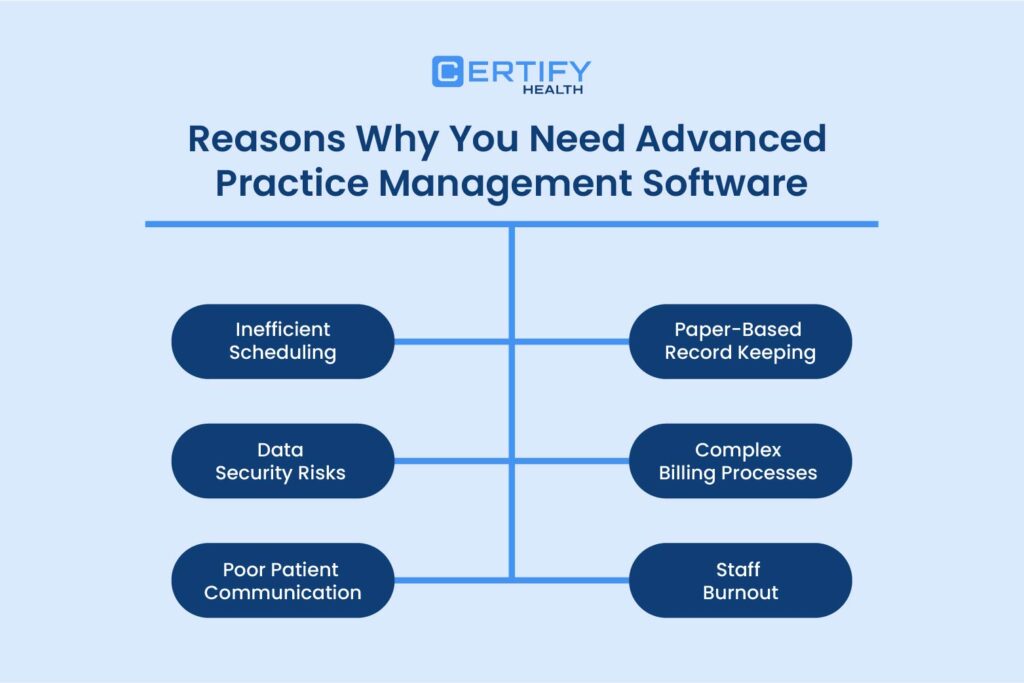
Many practices still use outdated practice management techniques, which leads to major operational problems that affect patient care and staff happiness. Recognizing these difficulties makes it clear why switching to modern practice management software has become essential.
Inefficient Scheduling
The traditional scheduling model is inefficient because it consumes a lot of time for your staff members. It also creates issues like double booking, no-shows, and underutilized staff time. All these inefficiencies create a cascade of problems like disrupted workflows and reduced revenue potential.
Appointment management through practice management software addresses these challenges directly by automating scheduling tasks, sending reminders with customized messages, and managing waitlists.
Paper-Based Record Keeping
Manual record keeping is highly susceptible to errors. When patient records are gathered through intake forms or during check-ins, inaccuracies can occur, as patients may overlook important details. Even a single missed word can trigger a series of mistakes in the data.
Also, manually updating records is a big headache. Unreadable handwriting might cause confusion for your staff and lead to serious problems down the road, such as denied claims, incorrect medical coding, and billing problems.
In addition to posing administrative difficulties, these restrictions may have a direct impact on patient care because of inaccurate or missing data. Digital solutions help eliminate these risks and enhance information accessibility.
Data Security Risks
The traditional practice management method poses a major challenge, such as data security threats. When patient information is kept on paper, it can be lost or misplaced easily. This may cause leakage of crucial patient information, leading to potential theft and compromised care.
Noncompliance with regulations makes things much more difficult. By putting patient data security at risk, one can be fined and penalized by losing the operating license of the practice. Contemporary practice management software has strong security features to safeguard patient data while being compliant with privacy regulations.
Complex Billing Process
The billing process for healthcare is not simple. It is a multifaceted process that includes insurance verification, coding, and compliance. Each of these processes—insurance verification, coding, preparing bills, and filing claims—has its own set of problems. For instance, a minor coding error can cause claims to be denied, and your employees will have to spend extra time correcting and resubmitting claims. Apart from that, if insurance companies have varying policies, that could add to the complexity of billing.
These issues hold up reimbursements and impact a practice’s financial stability. Well-functioning billing systems and skilled staff are critical to reducing errors, minimizing denials, and sustaining a consistent cash flow.
Poor Patient Communication
In a nutshell, poor communication is a big issue in managing medical practices. Their journey hardly becomes smoother if the patient ever visits the office before or after post-treatment follow-up without any proper communication system.
This leads to disorganized patient care that eventually deprives the patient of returning to the organization. Modern practice management could improve these important issues in patient-provider communications solicitations by making automated reminders, two-way texting, and custom templates available. Reach them via various means such as messages or email and engage patients to enhance satisfaction through continued support.
Staff Burnout
In the healthcare environment, excessive administrative tasks are among the major reasons for burnout in employees. Slogging through long hours of paperwork and manual procedures reduces job satisfaction and boosts clinical and support staff turnover rates.
Practice management software aids in reducing an overwhelming workload on your staff by automating these manual tasks like patient intake, scheduling, check-ins, insurance verification, billing, etc.
What Functions Does Practice Management Software Perform?
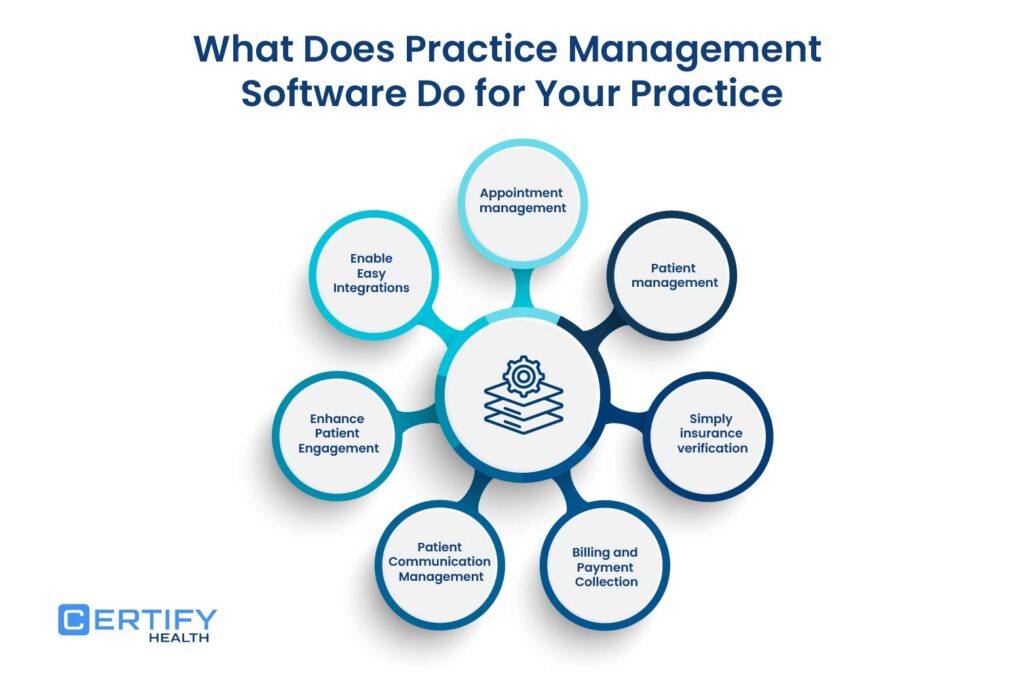
Modern practice management software performs a wide range of functions designed to address the challenges identified above. Let’s explore the key capabilities that make these systems essential for today’s medical practices.
Appointment Management
Effective appointment management is foundational to practice efficiency. Practice management software automates booking, allowing practitioners to book online and saving staff time on the phone. More sophisticated systems have the ability to track no-shows, minimize practitioner schedule gaps, and handle waitlists for cancellations.
These features greatly enhance resource use as well as improving the patient experience through increased convenience and shorter waits. The best systems also trigger automated reminders, significantly lowering no-show rates and related revenue loss.
Patient Management
Patient management, in its broadest sense, starts from the very first contact and carries on through the whole care relationship. Practice management software and electronic health records work together to provide a single window to view each patient’s clinical and administrative information. With this integration, redundancy in data entry is completely avoided, assuring that all members of the team can access up-to-date and accurate patient information.
Modern systems streamline the intake process by collecting information electronically before visits, reducing waiting room time, and improving data accuracy. They also facilitate smoother check-ins and check-outs, enhancing the overall patient experience.
Insurance Verification
Insurance verification is a significant bottleneck for many practices because of the manual process, which leads to claim denials and payment delays. However, modern advanced practice management software enables immediate verification, exposing coverage discrepancies before providing services so that rejected claims can be reduced and accelerated revenue cycles maximized.
The best systems automatically identify patient financial responsibilities such as co-pays and deductibles, enabling more transparent financial discussions and improving collection rates. This functionality directly impacts practice profitability while reducing administrative workload.
Billing and Collections
The billing and collections cycle is the most sophisticated part of practice management in healthcare. Many billing functions are automated through practice management software, ranging from selecting codes to filing claims, thereby decreasing errors and speeding up payments. Such software also includes facilities to monitor pending balances and track payment plans.
Modern platforms support multiple payment methods, making it easier for patients to settle their accounts while providing automated reminders for outstanding balances. These capabilities improve cash flow while reducing the administrative burden associated with collections.
Patient Engagement
Successful patient engagement is not limited to the clinical visit but involves all interactions between patients and the practice. Practice management software supports engagement through automated appointment reminders, pre-visit instructions, and post-visit follow-ups. These interactions enhance compliance with care plans while augmenting the patient experience as a whole.
Many systems now include patient portals where individuals can access their records, communicate with providers, and manage administrative tasks such as appointment scheduling and bill payment. These self-service options improve satisfaction while reducing staff workload.
Integrations
A well-integrated practice management system (PMS) ensures smooth coordination between lab systems, imaging software, electronic health records (EHR), and other critical applications. This eliminates the hassle of manual data entry and reduces the risk of errors.
But the best software doesn’t stop clinical integration. It also connects with accounting tools, marketing platforms, and analytics dashboards—giving you a full-picture view of both patient care and business performance. With deeper insights and automated workflows, practices can improve efficiency and make more informed decisions.
Weighing the Pros and Cons of Practice Management Software
Thinking about investing in a practice management system? Smart move. But like any technology, it has its both advantages and drawbacks. Let’s break it down.
Why It’s a Game-Changer
Smoother Operations: Say goodbye to the time-consuming paperwork. PMS automates everything from appointment scheduling to insurance verification and billing, freeing up staff to focus on patient care.
Enhanced Patient Experience: Shorter wait times, accurate records, and seamless communication mean happier patients and better outcomes.
Stronger Financial Performance: No more lost revenue due to billing errors. PMS streamlines claims processing, improves accuracy, and provides financial insights to keep your practice profitable.
Data-Driven Decision-Making: Advanced analytics help pinpoint inefficiencies and optimize workflows—turning data into actionable strategies.
Regulatory Compliance & Security: HIPAA compliance? Check. Secure patient data? Double-check. A good PMS ensures your practice meets industry regulations while keeping sensitive information protected.
The Flip Side: Potential Challenges
Upfront and Ongoing Costs: Yes, a high-quality PMS comes with a price tag—whether it’s a one-time setup fee or a monthly subscription. But think of it as an investment in long-term efficiency. Many providers offer scalable plans that grow with your practice.
Learning Curve for Staff: No one loves change, and switching systems can slow things down initially. But most PMS providers offer training and user-friendly designs to make the transition smoother. In the long run, the time saved far outweighs the temporary adjustment period.
Tech Dependence: Bugs happen. Systems crash. But a reputable PMS provider will have reliable customer support and data backups, ensuring minimal disruptions. The benefits of automation far exceed the occasional hiccup.
Contract Commitments: Some PMS providers lock you into long-term agreements, which may seem restrictive. However, these plans often come with added perks, like lower pricing or premium features. Just do your research and choose a system that truly fits your needs.
Final Thoughts: Is It Worth the Investment?
The shift to modern practice management software isn’t just about upgrading technology—it’s about transforming the way healthcare practices operate. A well-implemented PMS streamlines administration, boosts financial performance, and improves patient experiences.
Patients benefit from easier scheduling, better communication, and transparent billing. Providers can focus more on care rather than paperwork. Staff enjoy reduced stress and higher job satisfaction. And for practice owners, the improved efficiency translates to better revenue and regulatory compliance.
In an industry where competition and complexity are increasing, sticking with outdated systems could leave your practice struggling to keep up. Investing in the right software now ensures you’re prepared for long-term success in an evolving healthcare landscape.
If your practice is still juggling spreadsheets and manual workflows, it’s time to explore a PMS that can take the load off your shoulders. The right solution won’t just help you manage your practice—it’ll help you grow it. Read our next post: The List of 10 Best Medical Practice Management Software 2025



